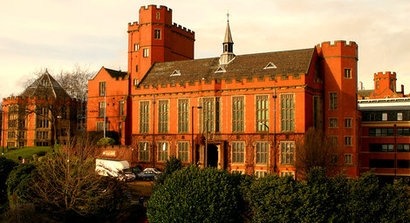
Researchers at the Urban Flows Observatory will create a model of Sheffield’s energy and resource usage using fixed and mobile sensors and thermal cameras attached to drones, balloons and cars to scan the city. The model will help to create a detailed understanding of material stocks in the city, the energy embodied within them, as well as understanding how energy use is distributed across the city, which buildings are losing the most heat, and where solar energy can be most effective.
Funded by the Engineering and Physical Sciences Research Council (EPSRC), the centre aims to understand energy use across the city with the aim to reduce the city’s environmental impact.
“Around 80 per cent of the UK’s energy and resources are used by our cities” said Professor Martin Mayfield, Co-Director of the Urban Flows Observatory from the Department of Civil and Structural Engineering. “By analysing these energy and resource flows, we will be able to advise councils and town planners on issues such as how to raise productivity or save energy and reduce heat loss across the city. In the future, we plan to look at other aspects such as air pollution and other social indicators.”
Dr Danielle Densley Tingley, Co-Director, added that one of the things the observatory seeks to understand is what Sheffield is made of. A detailed understanding of material use in the stock, when combined with an understanding of energy use and heat loss, will enable strategic retrofit across the city, facilitate planning decisions and support material salvage on buildings scheduled for demolition.
The Urban Flows Observatory is part of a wider network of UK Urban Observatories, a collaborative venture led by the Universities of Newcastle, Bristol and Sheffield, and part of UKCRIC (UK Collaboratorium for Research in Infrastructure and Cities), 14 universities working to address issues of infrastructure development.
Image: Sheffield University (Google Images Creative Commons)
For additional information:

